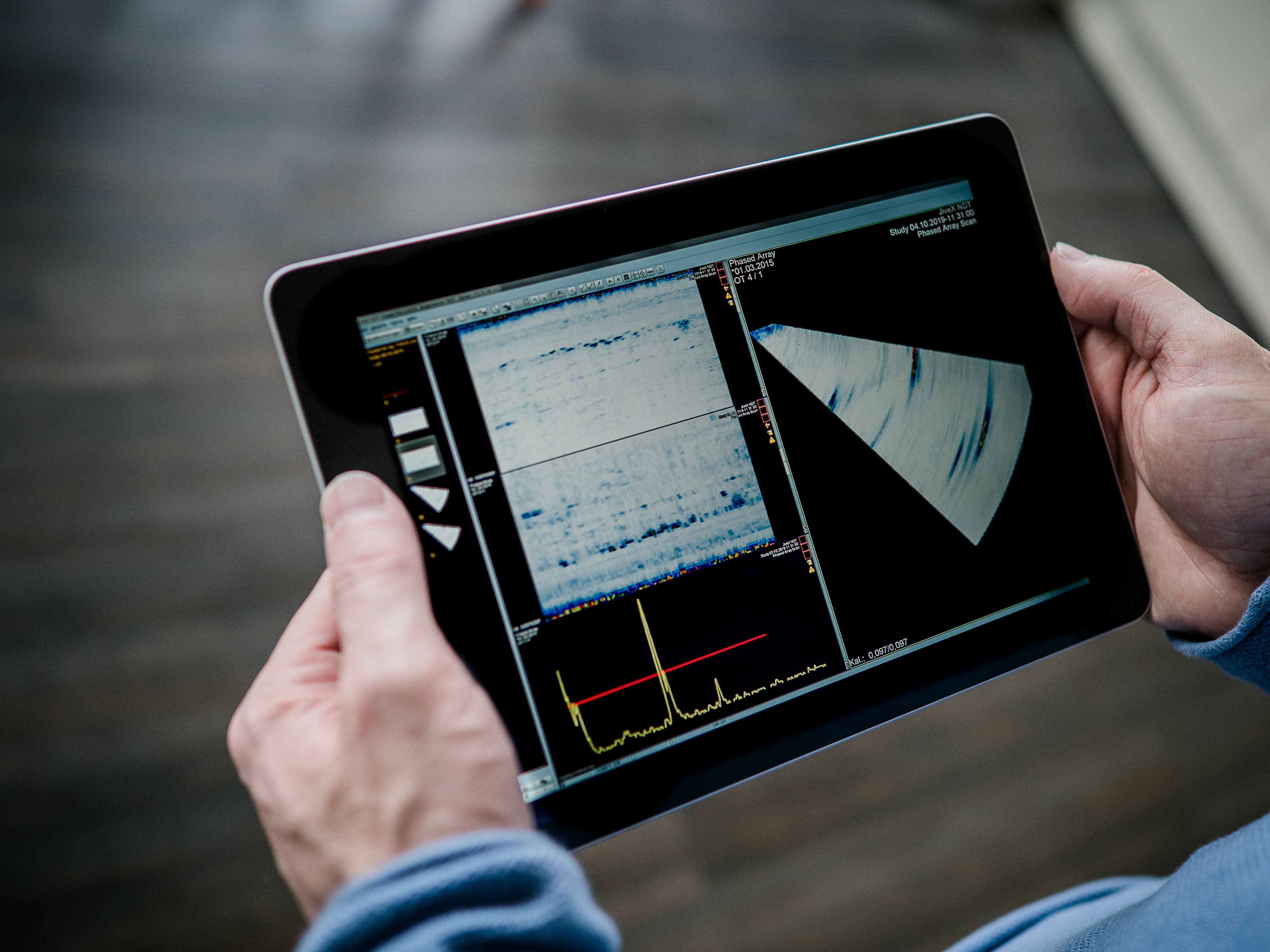
| Date | January/February 2018 |
| Volume | 24 |
| Issue | 1 |
| Return to Journal Index | |
January/February 2018 Inspectioneering Journal Article Index
The actions you take immediately after a failure are critical in understanding the cause and appropriate steps to remedy the problem. However, the wrong moves might prevent you from getting the answers you need.
Over the past few years, network technologies have been developed to eliminate the need for long cables for UT thickness monitoring. Coupled with a software back-end, permanently-installed UT sensors have become much more competitive in the...
Sea water corrosion and erosion issues can affect almost all commonly used metallurgy in a refinery or petrochemical plant. This brief article explains the dangers behind sea water used in plant cooling systems and discusses several metallurgical...
Most of us that work integrity and reliability understand what we do and how we do it. But how many of us understand WHY we do things? Understanding the motives behind our activities, initiatives and programs can help to galvanize and lay a...
This article, the first of a multi-part series, discusses the methodology and need for establishing an integrated and holistic framework for managing asset integrity on a day-to-day basis.
Given the concern throughout industry regarding the potential for brittle fracture failures, PWHT guidance to address potential issues arising from the recent changes in PWHT code requirements for carbon steel is examined in this article, and...
Teams planning and executing turnarounds are obliged to not only stay within budget, but to reduce or eliminate the need to spend the contingency allowance. This article introduces a risk-based approach to help avoid squandering finances.
Cleaning of heat exchangers and other process equipment is typically done with the use of pressurized water (e.g., hydro-blasting). However, in some situations thermal decomposition, a technique that utilizes heat rather than water to break down...
Inspection data is vulnerable to flaws in collection and retention. For example, data might be inaccurate, duplicate, or incomplete due to procedural breakdowns. This article introduces Digital Data Management Systems (DDMS) as a response to these...
Contact us at buddy@dimate.de to learn how DIMATE PACS digitizes NDT methods (RT, UT, VT, ...) and how it leads to paperless inspections.




























